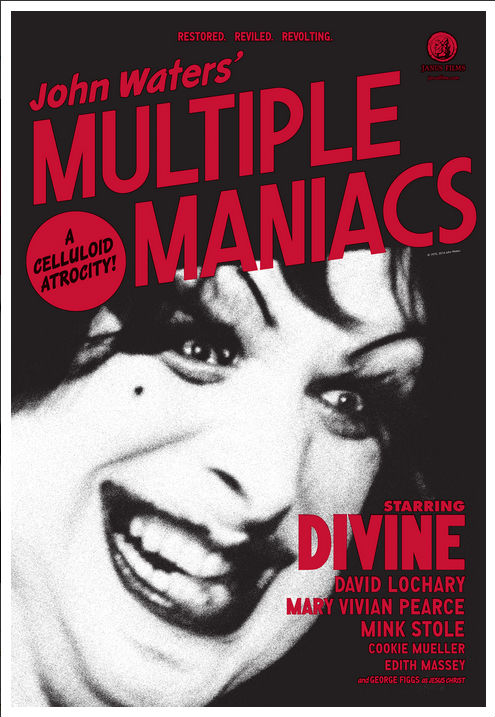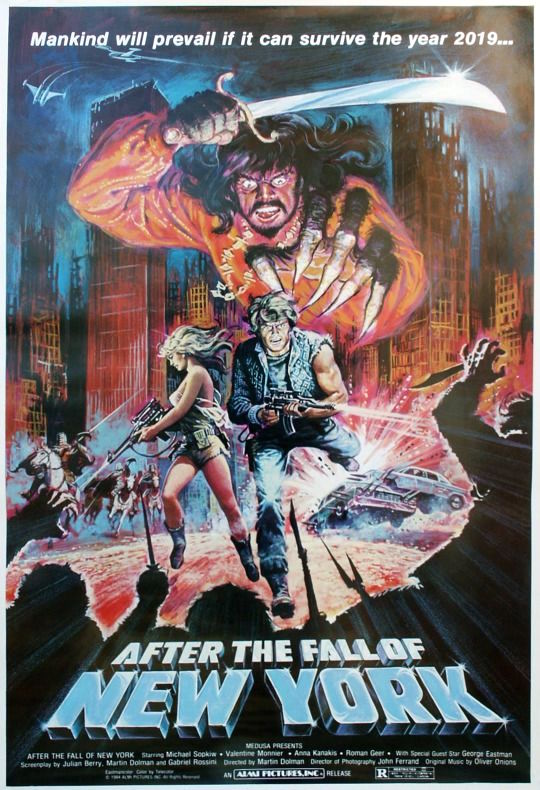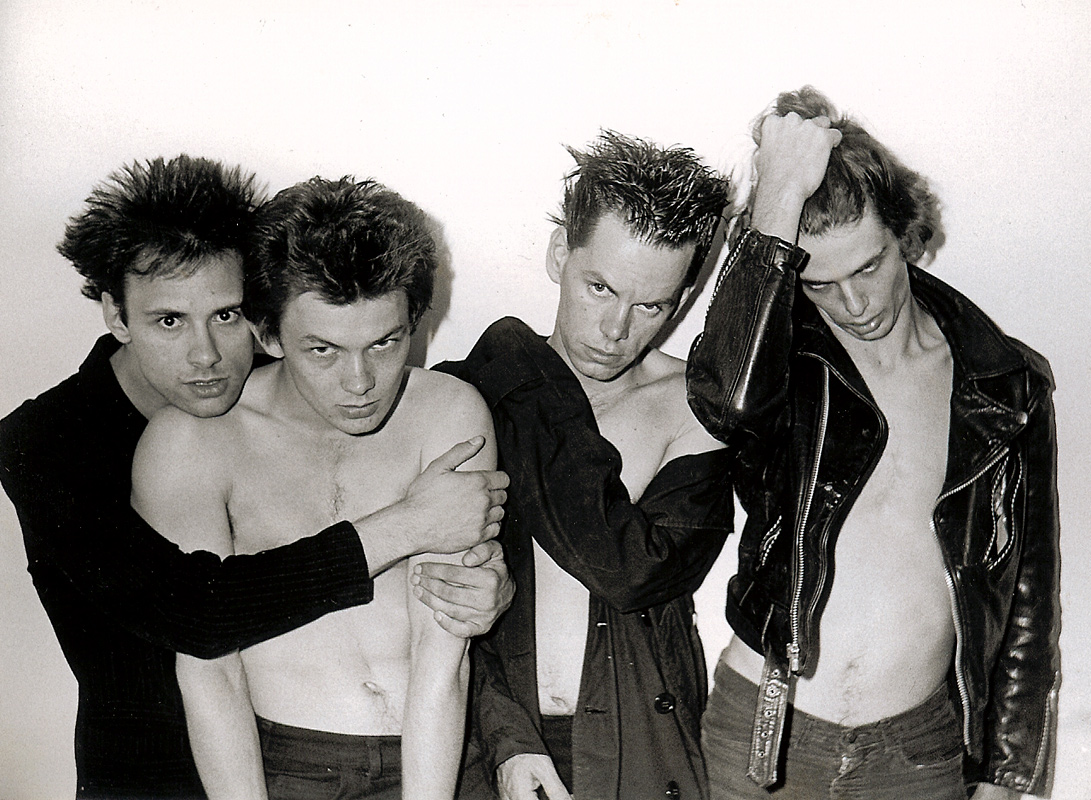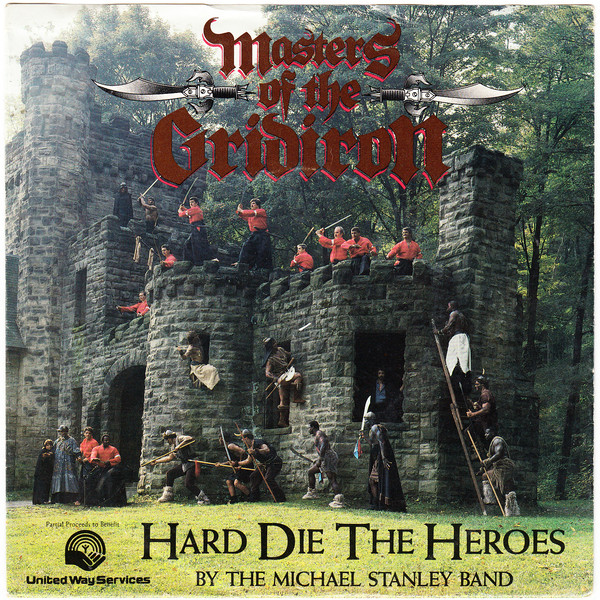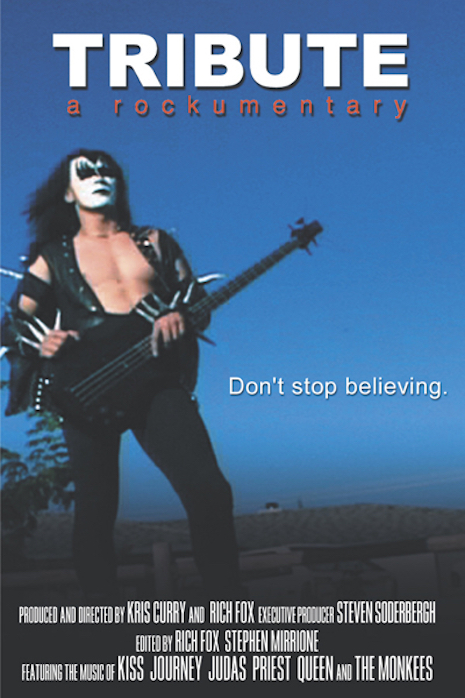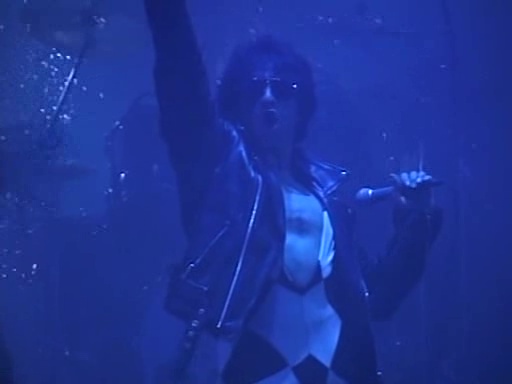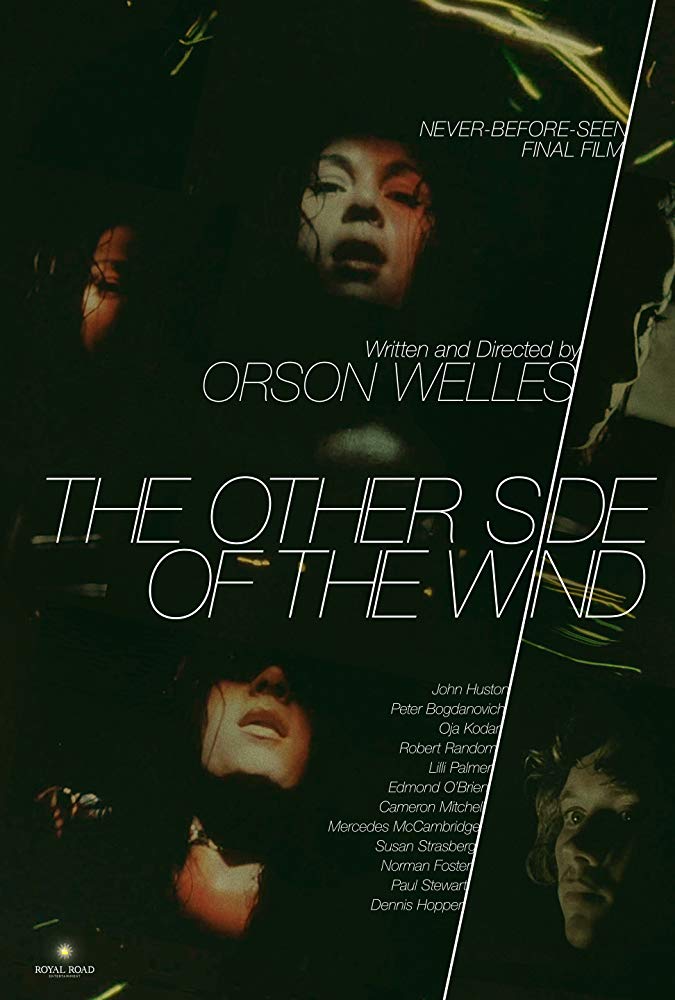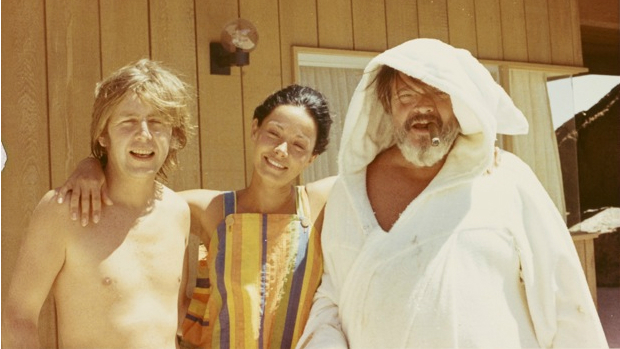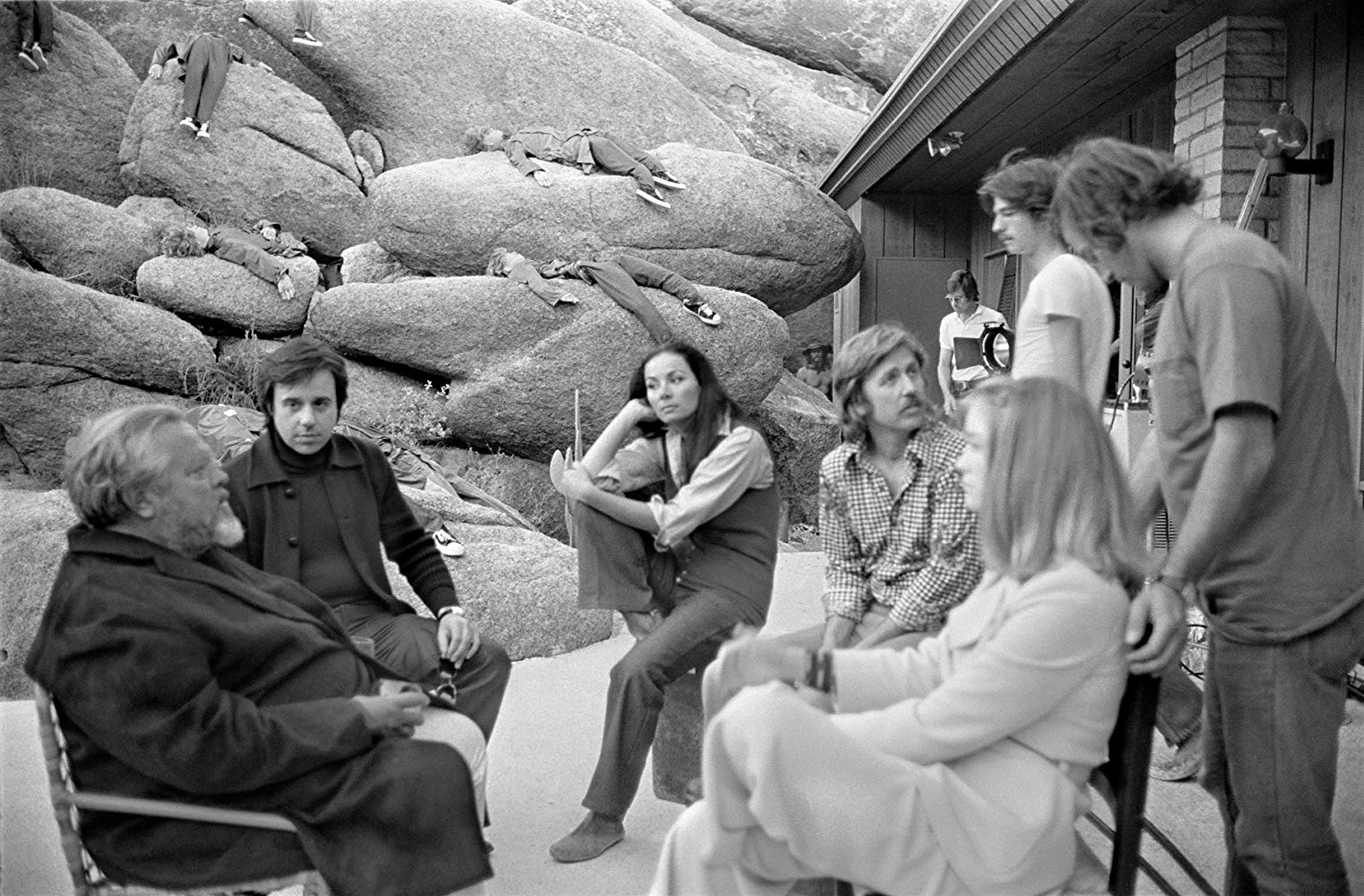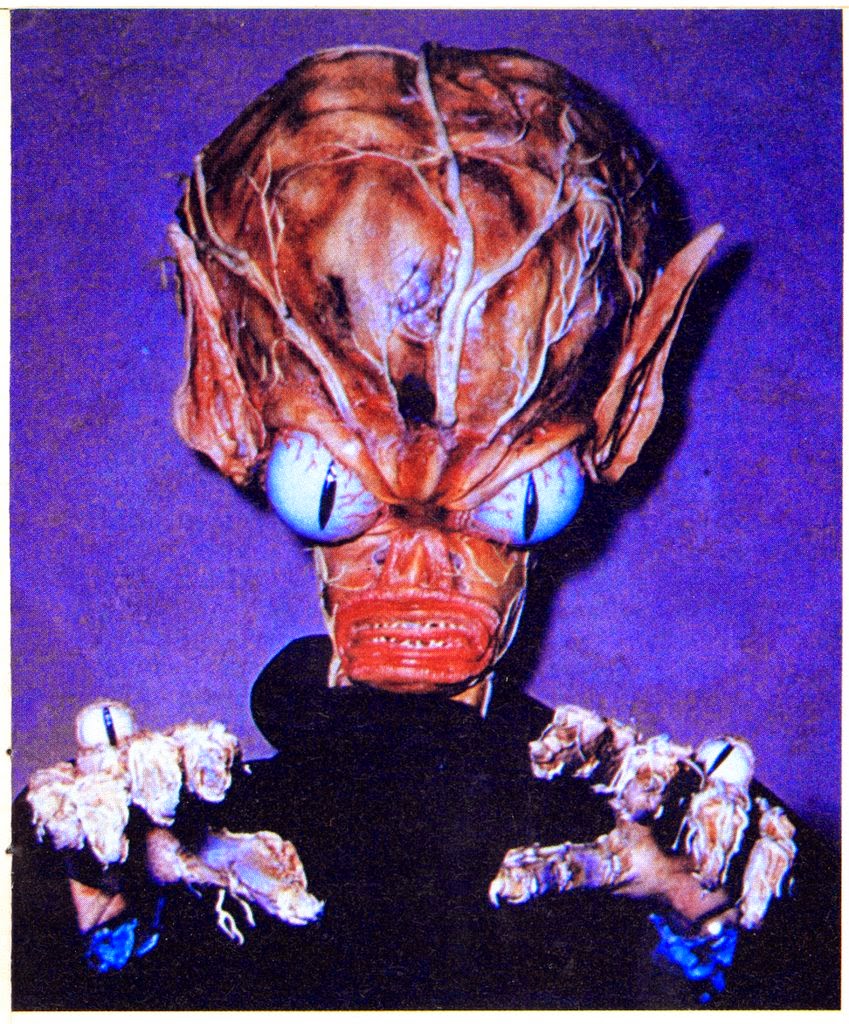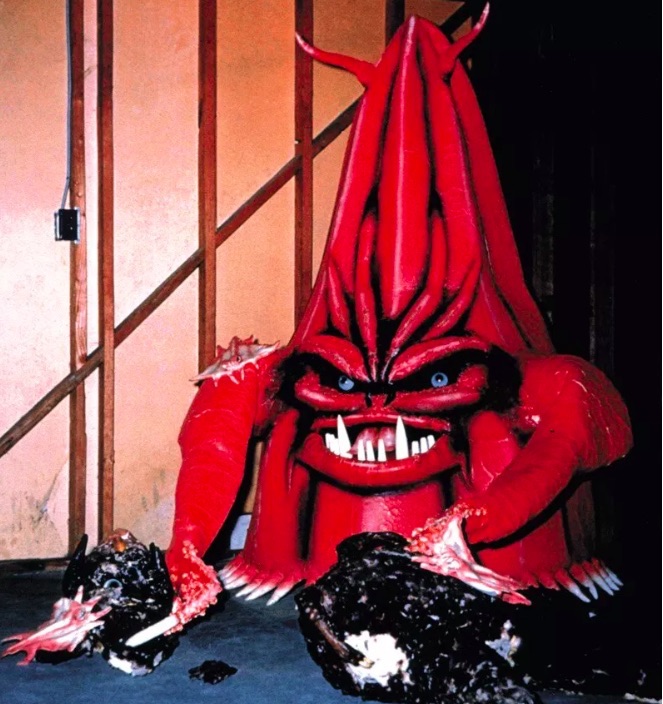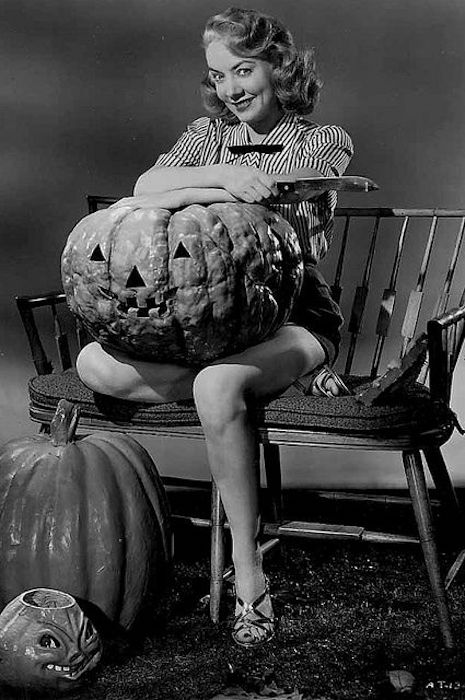
Audrey Totter
While most folks around Halloween want to revel in horror films and gore, I find myself acknowledging the fact that, well, I kinda like those films all year long and take this period of time to look at how the holiday was done in years gone by. But I will admit, like many of the other people that you will find on the Internetz right now who are playing their “30 Horror Films in 30 Days” or what have you, my interests are also centered in the cinema world. They are just, like me, a little…uh…different.
As a classic film fan, I have an extreme love for the PR materials that US film studios produced year-round from the 1940s-60s. Specifically, I have a very deep engagement for the very quirky photographic materials that were distributed around the holidays. Photo shoots centered on Thanksgiving, Christmas, Fourth of July and (duh) Halloween are totally my bag, baby. Because really…turkeys HAD to be hard to wrangle, right??
These PR photos are primarily made-up of working Hollywood actresses and (on occasion) pin-up models. Commissioned by studios like Paramount, MGM, Columbia and so on, these professional pictures were distributed to magazines and newspapers for publication, designed and intended to promote each studio’s “stable of starlets” and to increase public support/fan culture. Some of the more fun pix are of well-known ladies whose media work dealt with supernatural or fantastic subjects. The amount of Halloween-themed photos taken with the actresses of Bewitched or I Dream of Jeannie, the cast from The Munsters, and especially the photos done by The Wizard of Oz cast members over the years are endless and delightful! I could have filled this piece just with those pictures.
So these are all gynocentric photos, and they’re pretty sexy and fun. Mainly predicated on classic pin-up girl designs, many feature women who have been working together in the film industry for years and seem to be having a good time dressing up. If there happen to be any men or male-stand-in-figures, their “characters” in the photo narrative were actually a little bit rapey (if you are familiar with pin-up girl narratives, then, like, no big shocker right?). These photos are specifically not included in this article because…well, why the fuck would I do that?
Fact: Hollywood was (and is) misogynistic. Male creepiness is certainly not a modern invention within film culture. But I can certainly curate what is seen and appreciated. I think we are responsible for doing a better job of that at this point. For those who are curious (and let’s face it, I know y’all are) I chose not to include photos that depicted things such as a sleeping woman being leered at rapily by a “scarecrow” figure who was a famous actor in costume who I happen to like very much! Another photo showed the “male-stand-in-figure” I referred to earlier—a pumpkin with painted on eyes—it was posed as looking up the starlet’s skirt as she looked down, suitably irritated. I don’t think these pictures or what they say about the way that women/women-identifying people should be treated need extra viewing.
So let’s go to what I DO love about the Halloween work in particular. The photos range from the early days of silent film, with women like Clara Bow and Joan Crawford to rock ‘n’ roll era Sandra Dee and beyond. Their biggest flaw in my eyes is that there are no women of color even though women like Fredi Washington, Carmen Miranda, Anna May Wong and more were working actresses at the time. But let’s face it: we’re STILL working on the fact that Hollywood is racist AF.
Somehow, I manage to spend time with these photos every year. It’s therapeutic to just click through them, babbling to my cats about how cool the outfits are, how sassy Paulette Goddard and Gloria DeHaven look instead of cursing modern Halloween fuckery with its tired racist costumes and the sexification of The Handmaid’s Tale uniforms or whatever. I revel in these photos as a viable alternative or reprieve from what the system is currently providing en masse for a holiday I kinda dig. I wanna be one of these badass Halloween heroines, dammit!
As posed as they are, as cardboard as the sets appear, they are valuable as they also allow me to center my focus on and engage in representations of women and women’s sexuality. These pictures enrich my Halloween far more than the toxic masculinity that begins as a hum and ends up as a roar by the end of October via the film nerd internetz. So many dudes I hear arguing about which Halloween or Friday the 13th movie is the best or what their top ten films from x filmmaker are, etc. What’s the point? In my lifetime, women have been part of those discussions, joined those discussions but we have never been the center of those discussions. And that bugs the fuck out of me. I wish those dudes would be better.
I choose to go back in history and look at pictures of starlets dressed as witchy women and leggy ladies grinning at jack-o’-lanterns. None of this is to say that I won’t turn on Black Christmas (Bob Clark, 1974), The Thing (John Carpenter, 1982) or maybe have a Nightmare on Elm Street marathon later…but I probably would’ve done that anyway! Please enjoy these pictures and the wonderful women who are scaring their way into your hearts through your eyes.

Vera-Ellen

Paulette Goddard

More after the jump…
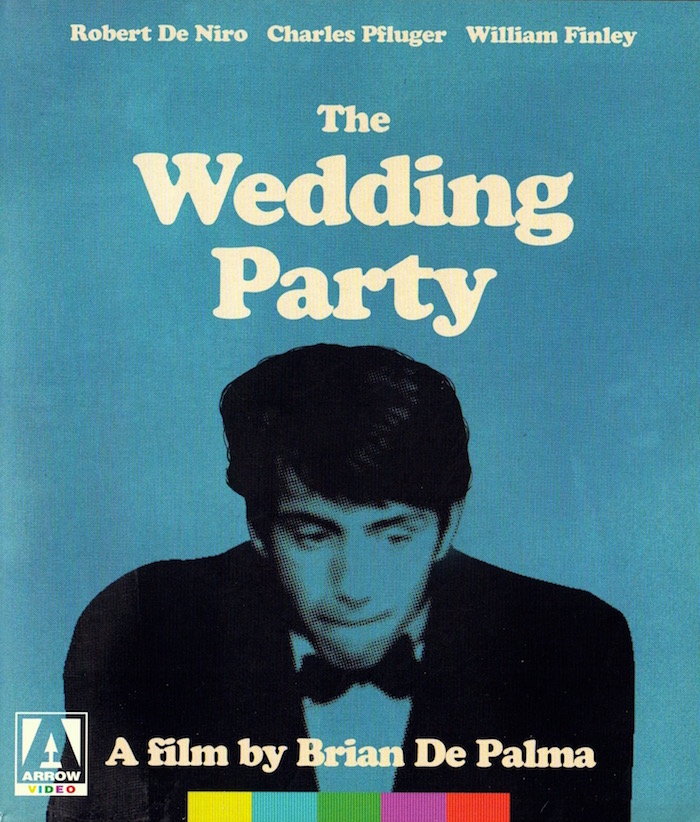
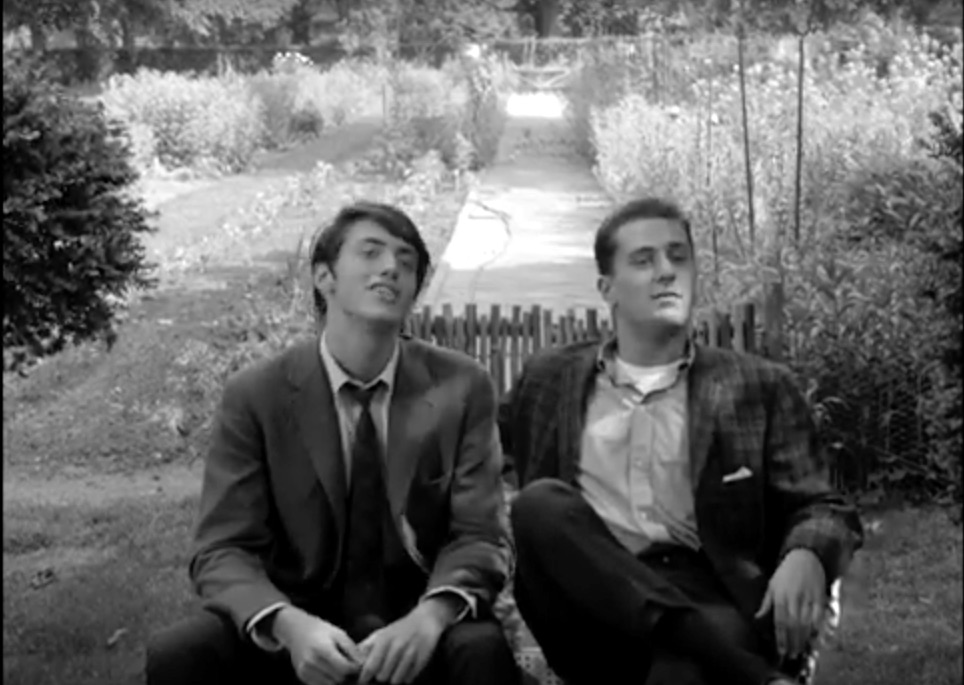
(1974).







